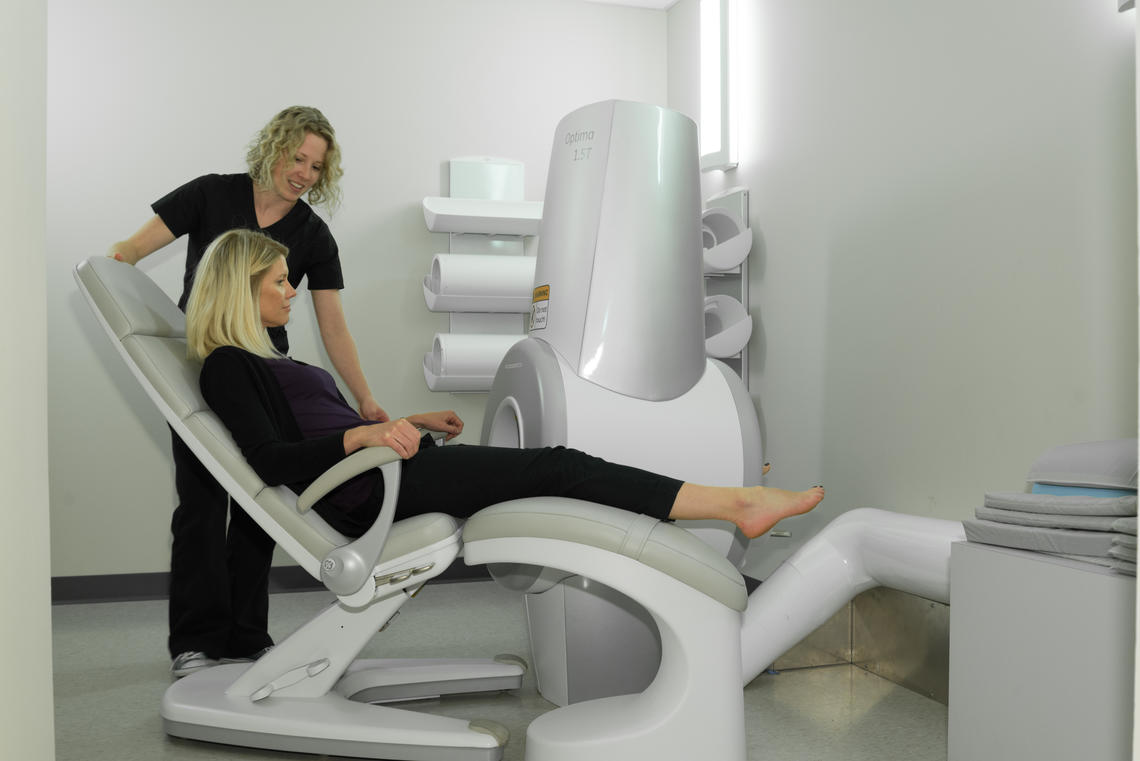Nov. 15, 2019
Find your MoJo at the Centre for Mobility and Joint Health

The MoJo is a clinical research facility that houses state-of-the-art imaging, movement assessment, and biomarker analysis equipment. "Some of the imaging equipment in the MoJo is only available in a few places in the world," says Steven Boyd, PhD, director of the McCaig Institute. "We have two high-resolution peripheral CT scanners (HR-pQCT), an MRI, a dual-energy CT, DXA scanners, x-ray, and one of only two bi-planar (EOS) scanners in Alberta.”
Located on the third floor of the Health Research and Innovation Centre (HRIC) in the Cumming School of Medicine (CSM), work in the MoJo aims to turn scientific evidence into health care solutions for Albertans.
There are currently over 60 active studies taking place in the MoJo, covering a wide range of disciplines including orthopaedics, rheumatology, paediatrics, and hepatology. Study subjects have included national athletes, firefighters and even animals from the Calgary Zoo. “We are scanning anything from bones to lungs to animals and beyond – both in vivo and ex vivo,” says MoJo manager Gina McRae.
MoJo is for everyone
Any UCalgary researcher can access the equipment in the MoJo on a fee-for-service basis. “Anyone who comes to visit the MoJo is blown-away by the technology we have here,” says Boyd. “We are a hidden gem in the CSM, and we have the capacity to do so much more for researchers and physicians who are interested in clinical research. Come by and we’ll show you around.”
If you would like to learn more about the MoJo, please contact Gina McRae, MoJo manager, or visit the website: mccaig.ucalgary.ca/mojo

An extremity MRI is available to any UCalgary researcher
Don Molyneaux


